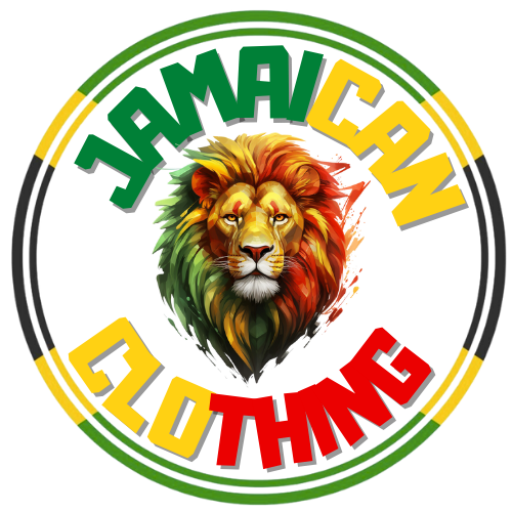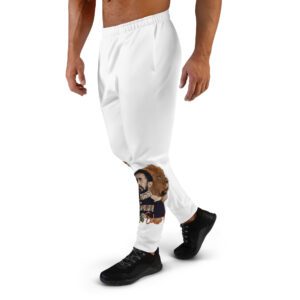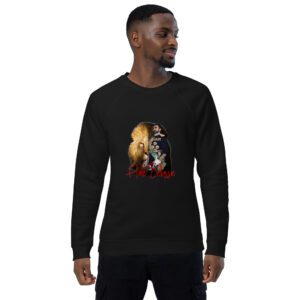Most sought after for their unique style and cultural significance, dreadlocks have been a classic and timeless hairstyle for centuries. From their origins in various ancient civilizations to their modern popularity in pop culture, dreadlocks hold a special place in the world of hairstyling. In this comprehensive guide, we will explore into everything you need to know about dreadlocks – from the different methods of creating them to maintenance tips and styling techniques.
Whether you’re considering getting dreadlocks for the first time or looking to enhance your current dreads, this guide will provide you with all the imperative information to unlock the beauty of dreadlocks.

Types of Dreadlocks
The key to unlocking the beauty of dreadlocks lies in understanding the different types and styles available. By exploring the various options, you can find the perfect fit that suits your personal style and maintenance preferences. Knowing the distinctions between traditional, freeform, synthetic, and Sisterlocks can help you make an educated decision before begining on your dreadlock journey.
| Traditional Dreadlocks | These dreadlocks are typically created using the backcombing and palm rolling method, resulting in uniform and well-maintained locks. An |
| Freeform Dreadlocks | These dreadlocks are formed naturally without much manipulation, allowing the hair to mat and lock on its own over time. With |
| Synthetic Dreadlocks | These dreadlocks involve incorporating synthetic hair extensions to achieve the look of dreadlocks without committing to the natural locking process. An |
| Sisterlocks | These dreadlocks are created using a precise grid pattern and require specialized training to install. Traditional |
Traditional Dreadlocks
An enduring and classic style, traditional dreadlocks are formed through a systematic process involving patience and maintenance. The result is a neat and uniform look that can be styled in various ways to suit your preferences.
Freeform Dreadlocks
With freeform dreadlocks, the emphasis is on allowing the hair to naturally lock and form dreadlocks over time. This method embraces the organic, wild look, and requires minimal interference with the hair’s natural texture and growth pattern.
Dreadlocks created through the freeform method are known for their unique and unpredictable shapes, reflecting a more relaxed and carefree aesthetic.
Synthetic Dreadlocks
An alternative option for those looking to experiment with dreadlocks without committing to the natural process, synthetic dreadlocks involve the use of extensions to achieve instant dreadlocks. The synthetic fibers offer a wide range of colors and styles to choose from, allowing for creative and customizable looks.
The installation of synthetic dreadlocks typically involves attaching the extensions to your natural hair using various techniques like braiding or crocheting.
Sisterlocks
Traditional Sisterlocks are a smaller and more refined version of traditional dreadlocks, created using a precise grid pattern. For instance, these dreadlocks are installed by a trained professional and require regular maintenance to keep them looking sharp and well-defined.
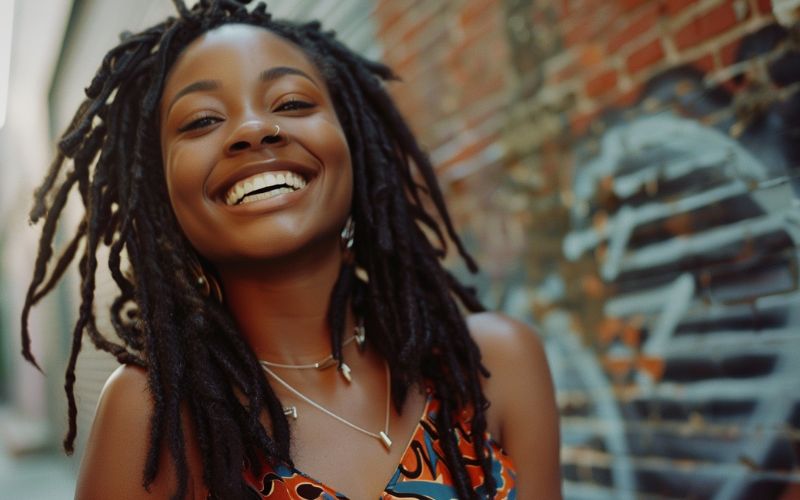
Step-by-Step Guide to Starting Dreadlocks
| Preparing Your Hair | The Twist and Rip Method |
| The first step in starting dreadlocks is to ensure that your hair is clean and free of any product buildup. This will help the dreads to form better and last longer. Consider using a residue-free shampoo to thoroughly cleanse your hair before starting the dreadlocking process. | An effective method for starting dreadlocks is the Twist and Rip technique. This method involves sectioning the hair, twisting each section, and then ripping it into two pieces. This process helps to create knots in the hair, which will eventually mat together to form dreadlocks. |
The Backcombing Method
StepbyStep, The Backcombing Method is another popular technique for starting dreadlocks. This method involves backcombing the hair towards the scalp to create knots and tangles. The tangles are then sealed with a crochet hook, helping the hair to mat together and form dreadlocks.
The Crochet Hook Method
Understanding The Crochet Hook Method involves using a small crochet hook to pull sections of hair through itself, creating knots and tangles. This method is effective in shaping and tightening dreadlocks, giving them a more polished look. It is important to be gentle and patient when using the crochet hook to avoid damaging the hair.
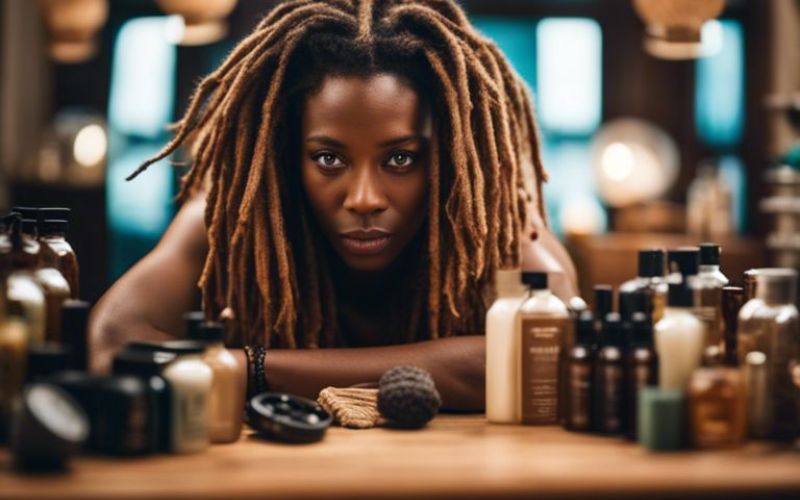
Maintenance Tips for Healthy Dreadlocks
Keep your dreadlocks looking their best with these necessary maintenance tips. Regular care is key to ensuring healthy, vibrant dreadlocks that stand the test of time. Bear in mind, a little effort goes a long way in preserving the beauty of your locks. This guide will help you navigate the ins and outs of maintaining dreadlocks, so you can enjoy them to the fullest.
Washing and Moisturizing
There’s a common misconception that dreadlocks don’t need to be washed frequently. However, regular washing is necessary to prevent buildup and maintain a healthy scalp. Use a residue-free shampoo and be sure to thoroughly rinse your dreadlocks to avoid any soap residue. Moisturizing is also crucial to keep your locks hydrated and looking their best.
Retwisting and Upkeep
If you want to maintain a neat appearance, regular retwisting is key. This process involves twisting the new hair growth at the roots to maintain the shape of your dreadlocks. Plus, regular upkeep such as palm rolling and using a crochet hook can help tighten loose hair and keep your dreadlocks looking fresh.
Dealing with Build-Up and Residue
Assuming you’ve been diligent with washing, buildup and residue can still occur in your dreadlocks over time. To combat this, regular deep-cleansing treatments using apple cider vinegar or specialized dreadlock cleansers can help remove residue and keep your locks feeling clean and light.
Dreadlock Repair
Now, if you notice any issues with your dreadlocks such as thinning, breakage, or unraveling, it’s necessary to address these concerns promptly. Dreadlock repair may involve combining damaged sections, reinforcing weak spots, or even trimming to maintain the overall health of your locks. It’s crucial to consult a professional if you’re unsure how to proceed.

Factors to Consider Before Getting Dreadlocks
Your journey to getting dreadlocks is an exciting one, but there are some important factors to consider before making the commitment. Lifestyle adjustments, time and financial commitments, as well as scalp and hair health are all crucial aspects to think about before commenceing on this transformation. Thou, being well-informed about these factors will help you make the best decision for yourself.
Lifestyle Adjustments
While dreadlocks can be a stylish and low-maintenance hairstyle, they do require some lifestyle adjustments. Depending on the method of dreadlocks you choose, you may need to adapt your hair care routine and sleeping habits to maintain your dreadlocks’ health and appearance.
Time and Financial Commitment
If you are considering getting dreadlocks, it’s necessary to understand that they require both a significant time and financial commitment. Plus, regular maintenance appointments are necessary to keep your dreadlocks looking neat and healthy. Additionally, investing in proper hair care products specifically designed for dreadlocks is crucial to ensure their longevity.
Scalp and Hair Health
Hair health is of utmost importance when it comes to dreadlocks. Maintaining a healthy scalp and ensuring your hair is in good condition before getting dreadlocks will help prevent issues such as breakage and scalp irritation. It is recommended to consult with a professional stylist who specializes in dreadlocks to assess your hair’s health before starting the dreadlocking process.
Adjustments
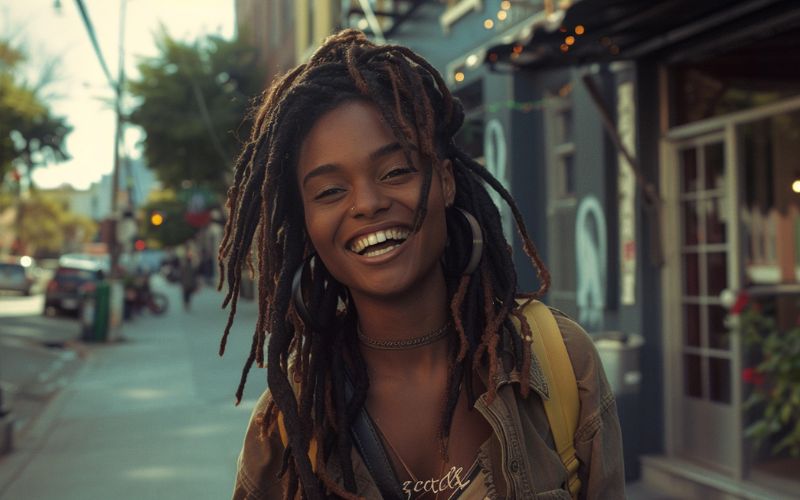
Pros and Cons of Dreadlocks
| Pros | Cons |
| Unique and stylish look | Time-consuming to create and maintain |
| Cultural significance and expression | Potential for scalp issues if not cared for properly |
| Low maintenance once established | Can be judged or stereotyped in some social settings |
| Versatile styling options | Not suitable for all professions or workplaces |
| Natural, chemical-free hair care | May face misconceptions or discrimination |
Advantages of Having Dreadlocks
While dreadlocks offer a unique and stylish look that can be customized to reflect individuality, they also come with cultural significance and low maintenance once established, making them a convenient hair choice for many individuals.
Challenges and Drawbacks
Now, one drawback of having dreadlocks is that they can be time-consuming to create and maintain. Additionally, there is a potential for scalp issues if proper care is not taken, and some social settings may judge or stereotype individuals with dreadlocks.
Cons
Cons of having dreadlocks include the fact that they are not suitable for all professions or workplaces, and individuals with dreadlocks may face misconceptions or discrimination due to societal biases. It is important to consider these challenges before committing to dreadlocks to ensure they align with your lifestyle and personal goals.
Summing up
After delving into « Unlocking the Beauty – A Comprehensive Guide to Dreadlocks, » it is clear that dreadlocks are a versatile and unique hairstyle that holds cultural significance across different communities. This guide provides valuable insights into the history, maintenance, and styling of dreadlocks, empowering individuals to embrace this beautiful and expressive form of self-expression. Whether you are a newcomer or a seasoned dreadhead, this comprehensive guide equips you with the knowledge and confidence to rock your dreadlocks with pride. So, go ahead, unlock the beauty of dreadlocks and showcase your authentic self to the world!
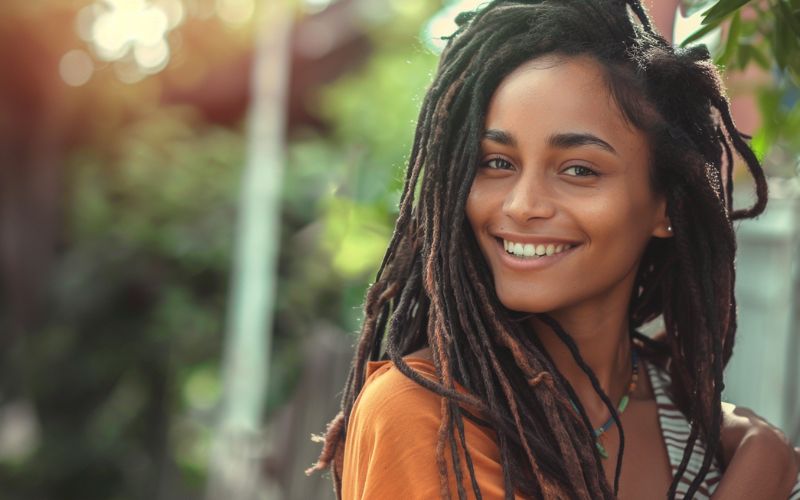
FAQ
Q: What are dreadlocks?
A: Dreadlocks are a hairstyle where the hair is intentionally matted and knotted to form ropes or cords.
Q: How do you start dreadlocks?
A: You can start dreadlocks using methods such as backcombing, palm rolling, twist and rip, or the neglect method.
Q: How long does it take for dreadlocks to mature?
A: It typically takes 6 months to a year for dreadlocks to fully mature and tighten.
Q: How do you maintain dreadlocks?
A: Maintenance of dreadlocks involves regular washing with residue-free shampoo, palm rolling to keep them tight, and separating any conjoined locks.
Q: Can anyone get dreadlocks?
A: Yes, anyone with at least 6 inches of hair can get dreadlocks, regardless of hair type or texture.
Read also our article: Waving Unity: Exploring the Rastafari Flag’s Impact on Identity
